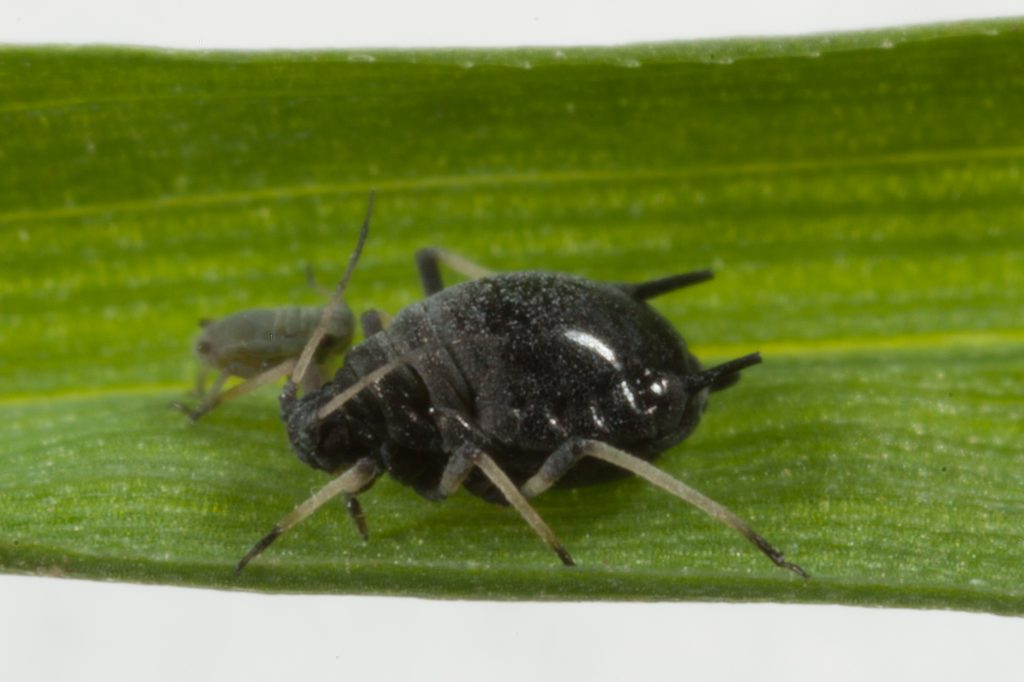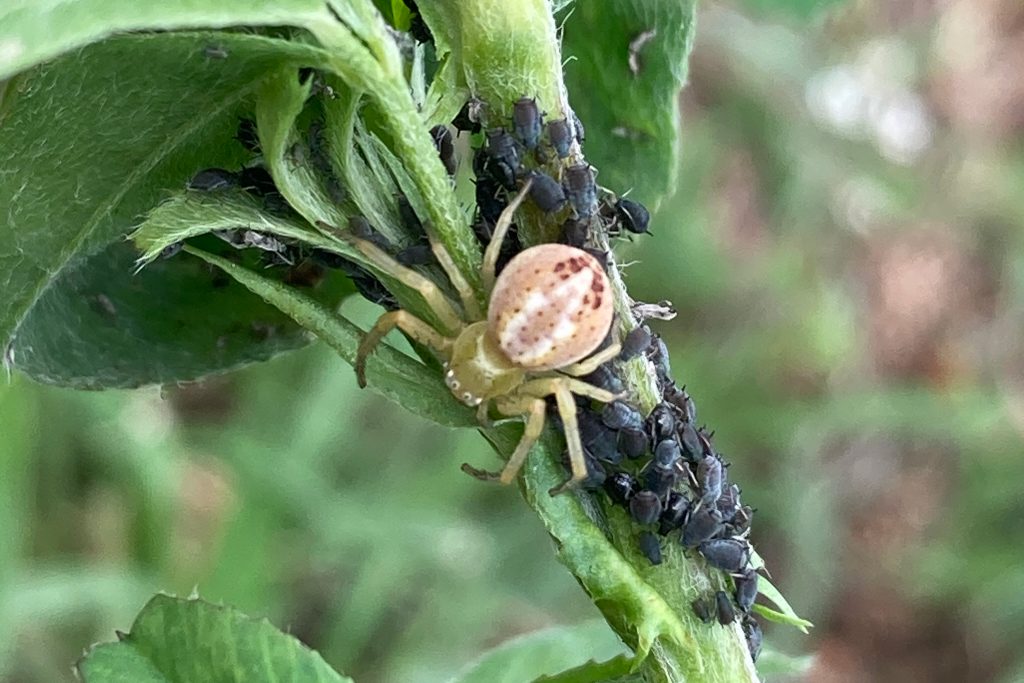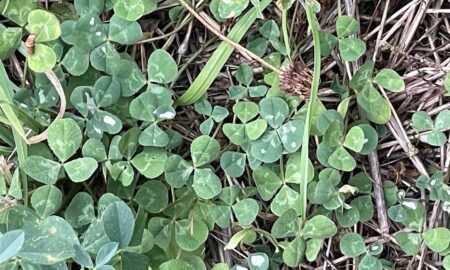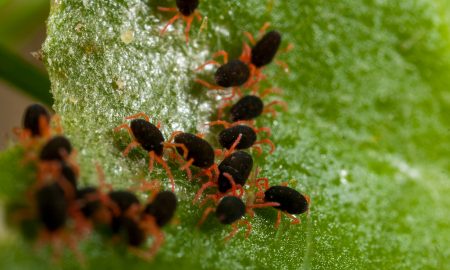In recent years we have received reports of an animal health issue in livestock grazing on pastures infested with cowpea aphid – photosensitisation.
In fact, similar observations can be found in scientific journals from the 1950s.
Unfortunately, the issue does not seem to have waned.
During the past fortnight we’ve been contacted about particularly concerning cases on the Monaro in South East NSW, with reports of very high numbers of cowpea aphid colonising lucerne, and severe photosensitisation symptoms in sheep and lambs in associated paddocks.
How the cowpea aphid is implicated in photosensitisation of livestock remains unclear. It may be due to a pigment present in cowpea aphid however, the matter requires further research.
Nevertheless, infestations of the cowpea aphid have been implicated in photosensitisation of livestock grazing on infested plants, and a precautionary approach may be wise.
If you are concerned about photosensitisation of livestock feeding on crops and pastures infested with cowpea aphid, seek veterinary assistance for correct diagnosis and management of the condition.
Cowpea aphid identification
Aphids often feed on plants within a specific host range, a feature which helps with identification.
Cowpea aphid tends to colonise leguminous plants including lucerne, vetch, medic, lentils and faba beans.
Other aphids which commonly also colonise these hosts in south-eastern Australia include bluegreen aphid and pea aphid (and green peach aphid to a lesser extent).
We don’t expect that cowpea aphid will be confused with any of these species, which tend to be light green in colour, whereas cowpea aphid is distinctly black to dark grey in colour.

Cowpea aphid management
We don’t suspect that any pressing insecticide resistance has developed in cowpea aphid and registered chemistries should provide effective control.
If any issues are faced achieving adequate control with cowpea aphid, it could be an application or coverage issue. Use high water rates for adequate coverage and contact within the canopy. Also keep in mind withholding periods.
Don’t forget to factor in beneficial activity. Natural enemies such as parasitoid wasps, ladybird beetles, hoverflies and lacewings, can be effective at reducing aphid numbers during spring.

Acknowledgements
Thanks to the following for providing field observations: Jen O’Ryan (Elders), Jo Powells.
Cover image: Photo by Jo Powells





